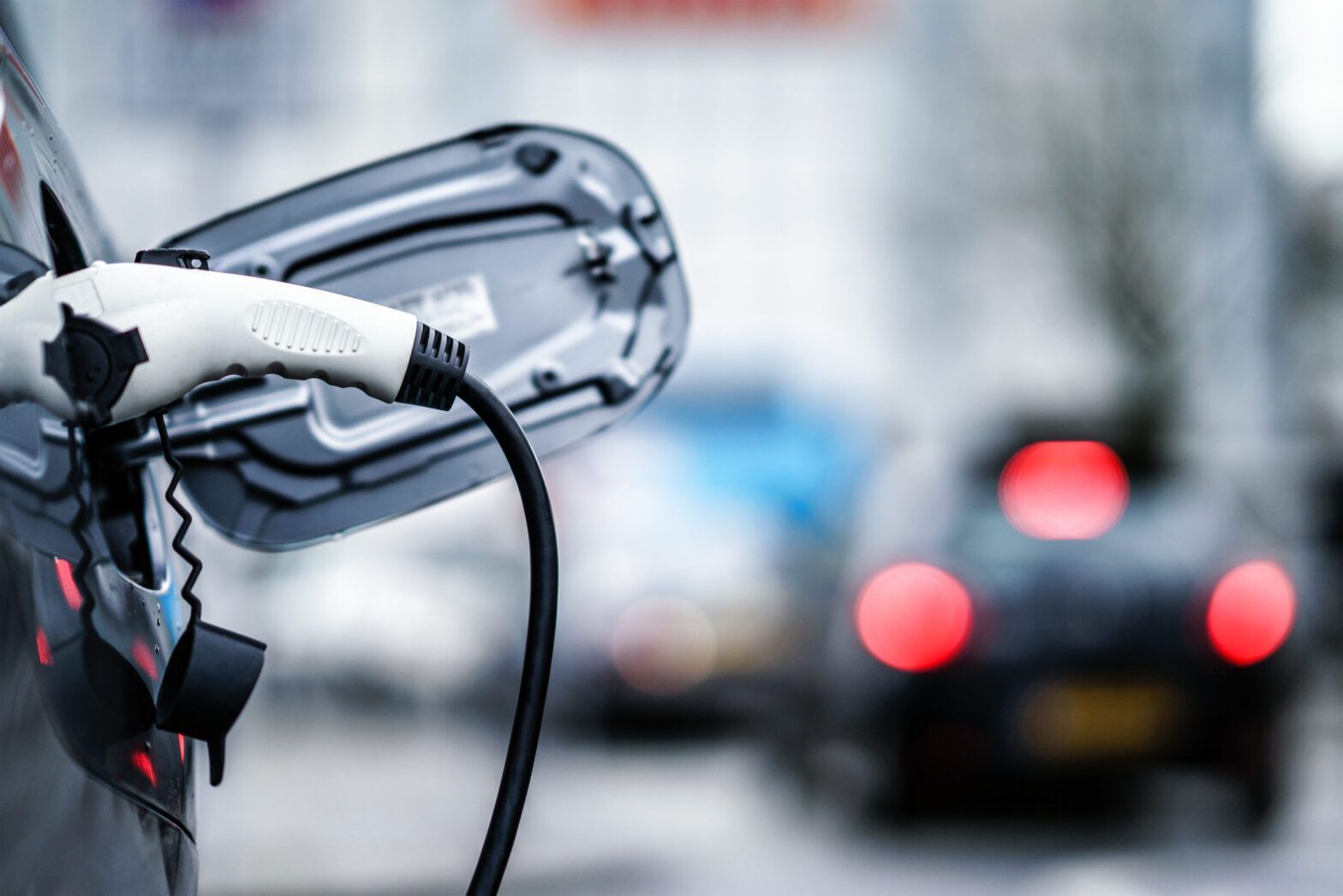The global auto sector – which includes original equipment manufacturers (OEMs) of passenger, light, and heavy-duty vehicles as well as auto suppliers – contributes to global emissions, but is also being impacted by a regulatory focus on the climate transition as well as the physical risks it poses, more scrutiny of health and safety, and growing awareness of the need for sustainable transport. So how should ESG investors be thinking about the materials issues in this sector?
Climate transition has the highest materiality from both stakeholder and credit perspectives. Road passenger and freight vehicles contribute approximately 19% of global GHG emissions according to the IEA.
Regulation and stronger awareness on climate challenges, coupled with a policy consensus on the need to support the transition to more environmentally friendly mobility, has resulted in engine technology replacements in some of the world’s major markets.
For example, battery electric powertrains are replacing internal combustion engines in Western Europe, with the EU council proposing a ban on sales of polluting vehicles by 2035).
From a credit perspective, this is at the forefront of global OEMs and suppliers’ strategies and is transforming their value chains requiring significant investments in manufacturing plants and research and development. We expect OEMs research and development expenses and capex to sales ratio to remain high in the coming years, at around 10%-15%, putting pressure on cash flow generation.
Customer health and safety
Customer health and safety is also highly material from both stakeholder and credit perspectives. According to the World Health Organization’s Global Status Report on Road Safety 2018, road fatality rates decreased over the past decade in most regions worldwide thanks to the evolution of safety gear and regulation.
Despite the significant decrease in accidents, human errors, fire incidents, or autopilot failures are still causing deaths.
The credit materiality can also be reflected in the sharp declines of diesel in the share of new passenger sales to below 20% recently from above 60% in 2016, particularly in Europe, driven by concerns over diesel emissions for public health.
Sustainable products and services
Public awareness around the need for sustainable mobility, as well as investor and regulatory pressure makes this material for both stakeholders and credit. At the same time, OEMs and suppliers remain committed to a more sustainable value chain through responsible sourcing or through exploring new materials and performing technologies to replace rare or costly materials without harming the car’s overall performance.
In the service area, the global auto business model is making inroads by offering new services into the rental (including fleet management) or the financing formula, or that offer the customer unprecedented flexibility either on the terms of use or on the swap of the vehicle. This new offering will continue having profound credit implications because it greatly diversifies the revenue streams and the risks historically linked to the sale of new vehicles.
Pollution
The sector significantly contributes to air pollution making it material for stakeholders and credit. According to the US Environmental Protection Agency’s 2021 national inventory, vehicles on motorways account for 29% of the total NOx emissions in the country.
The implications of such emissions range from declining public health in urban cities to ecosystem harm, such as weaker crop yields in rural areas adjacent to cities. The acceleration in the product launches of alternative powertrains, mainly hybrid and electric battery vehicles, resulted in increasing research and development and capex in recent years.
Physical climate risk
The geographic diversity of issuers makes the physical climate risk factor more material for stakeholders than credit. The geographic diversification of OEMs’ plants, and flexibility to rapidly shift production and suppliers, reduces their exposure to climate hazards.
Meanwhile, auto suppliers’ exposure tends to vary regionally. Some plants in South and Southeast Asia have seen more frequent operational disruptions from climate hazards.
We do not expect the factor to become highly material globally from a credit perspective. For stakeholders, such as local employees or communities, the disruptions tend to be greater as they affect livelihoods, but the severity of the effects vary with geography.
Access and affordability
The increasing access and affordability of mobility services, combined with improvement in the sector’s sales and operational performance since 2008, limits materiality for stakeholders and credit to date.
However, noting the industry’s shift into EVs, we anticipate potential affordability risks particularly in the near term. We believe shared and autonomous mobility (including robo-taxis and robo-shuttles) should continue improving access to and affordability.








